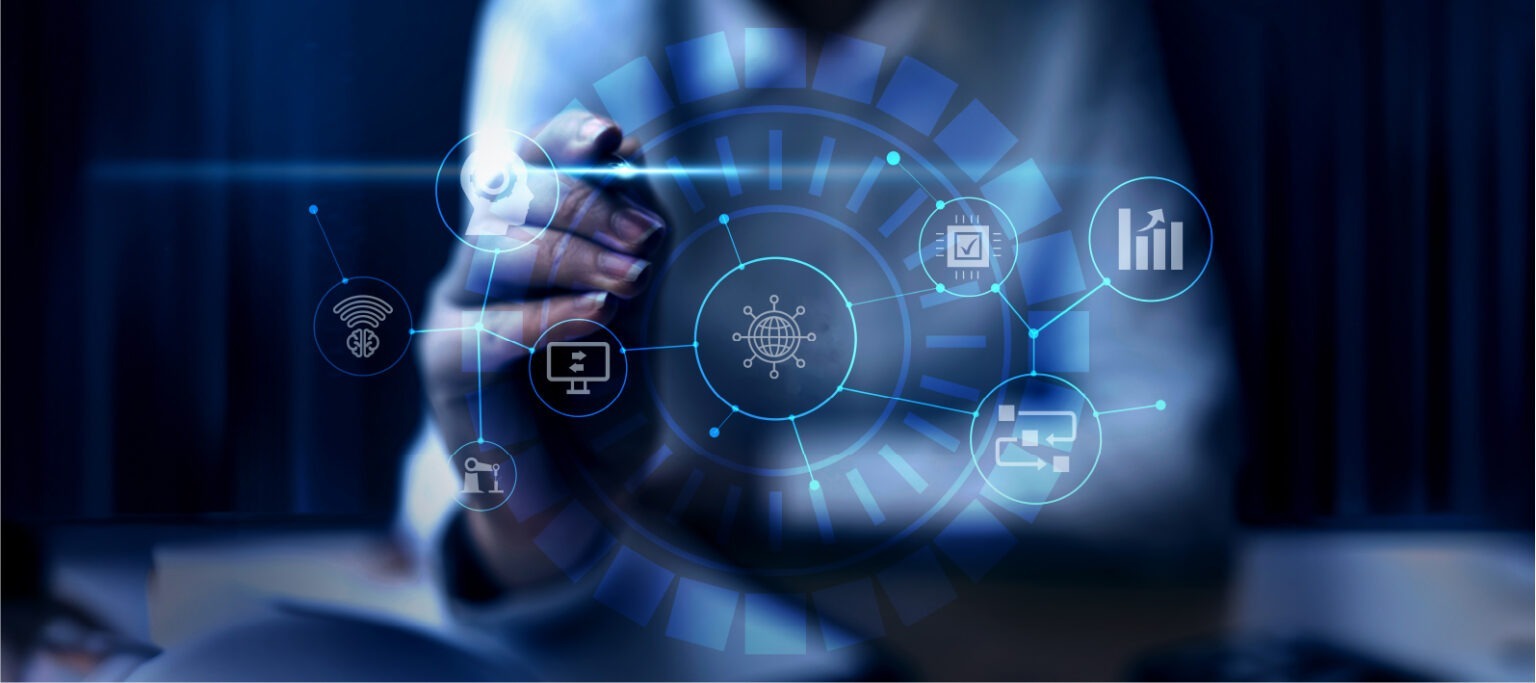In January, we spoke about 6 trends to watch for in 2020, but for all of the predictions and hopes we had for the year, 2020 clearly had its own set of plans. While other aspects of our economy have not fared so well in dealing with the impact of the coronavirus, technology-related business hasn’t just been surviving; it’s been thriving. Social distancing and remote work have deepened our reliance on technology, accelerating trends toward digital innovation that already existed. Now that we’re approaching the mid-year mark, what did we get right about 2020 trends, and what didn’t we see coming?
Trends and Predictions for 2020: An Update
“The future is data – and what you do with it.”
Customer experience (CX) has never been as important to business continuity as it is right now. In times of crisis, customers’ experiences can trigger powerful, lasting effects on their sense of trust, brand loyalty, and more. Besides adapting how to conduct business in the short term, companies must also effectively position themselves for long-term shifts in customer behavior as customer preferences and journeys change rapidly as a result of this crisis.“Find a balance between flexibility and control.”
Determining the ideal balance between the need for flexibility (technology that can easily pivot as socioeconomic and political climates, applications, and organizations change) and for more control (over systems by way of increased automation, security, and performance), as well as maintaining that balance, has proven to be of utmost importance. The most successful organizations in recent months were those that benefited from the flexibility of the cloud but the control of automation and security.“Data location has never been more important.”
Data location – and, therefore, security – has become an increasingly important concern. The convenience of adopting cloud-based solutions has proven obvious as historically high numbers of employees work remotely, and as businesses move to cloud computing, cloud service providers must meet consumer demand for high security. If done right, cloud technology has shown to be just as, if not more, secure and reliable than on-premise solutions.“Demand for careful, secure data management will increase exponentially.”
As technology continues to become more sophisticated, so too do hackers and targeted attacks. In recent months, attackers have exploited the coronavirus crisis in phishing and spamming attempts. Embracing security and enabling privacy are no longer just a best practice; it’s become an increasingly central aspect of business continuity.“Changing structures mean new ways of doing business.”
While we anticipated that companies would likely need to partner or acquire in new ways to meet increasingly complex enterprise and customer demands, such as CX, procurement, data storage, automation, and performance (just to name a few), they have had to rise to these challenges quicker than ever thought possible. Even small local businesses have had to adapt to enabling ecommerce and collaboration technology, and organizations are dumping their data centers to migrate to the cloud in unprecedented numbers.“5g will finally make its widespread debut.”
While no one could have predicted the conspiracy theorists linking 5G and coronavirus, the crisis has shown early signs of the power of 5G being unleashed. The “White House” recently issued guidance on facilitating domestic and international 5G rollout and defining and mitigating 5G security risks. Some AI systems have relied on the increased speed of 5G to track virus cases, deliver medical supplies, and even develop new medicines because 5G connections allow huge amounts of data to be quickly exchanged with cloud providers. If these systems win the race to a vaccine, the potential of 5G is likely to receive widespread attention, and if work on securing 5G continues at the pace it has, the U.S. may find itself in the enviable position of having the first secure, widespread 5G network.
One Trend No One Saw Coming
For IT service providers long focused on cloud migration, data storage, and next-gen security on an enterprise level, the coronavirus crisis has shown that sometimes what’s old is new again: a focus on enabling individual end-user computing needs. As GDT’s John Woodall, vice president of engineering west, recently told CRN, “As more people work from home, they now require new levels of security, cloud, end-point access, VPNs, and more, and as a solution provider, we have to be flexible. Now laptops and end-user technology are at the top of the list of what business users need to be productive.” Companies originally focused on how embracing digital innovation benefited the company as a whole now had shift focus to how technology enabled their workforces to work from home, in terms of both capabilities and security. We have discovered that enabling workforce mobility is quite different to enabling remote work.
We don’t yet know with certainty how the coronavirus crisis will end or how it will shape consumer behavior going forward, but one thing will always be true: remaining flexible is the only way to remain successful.




